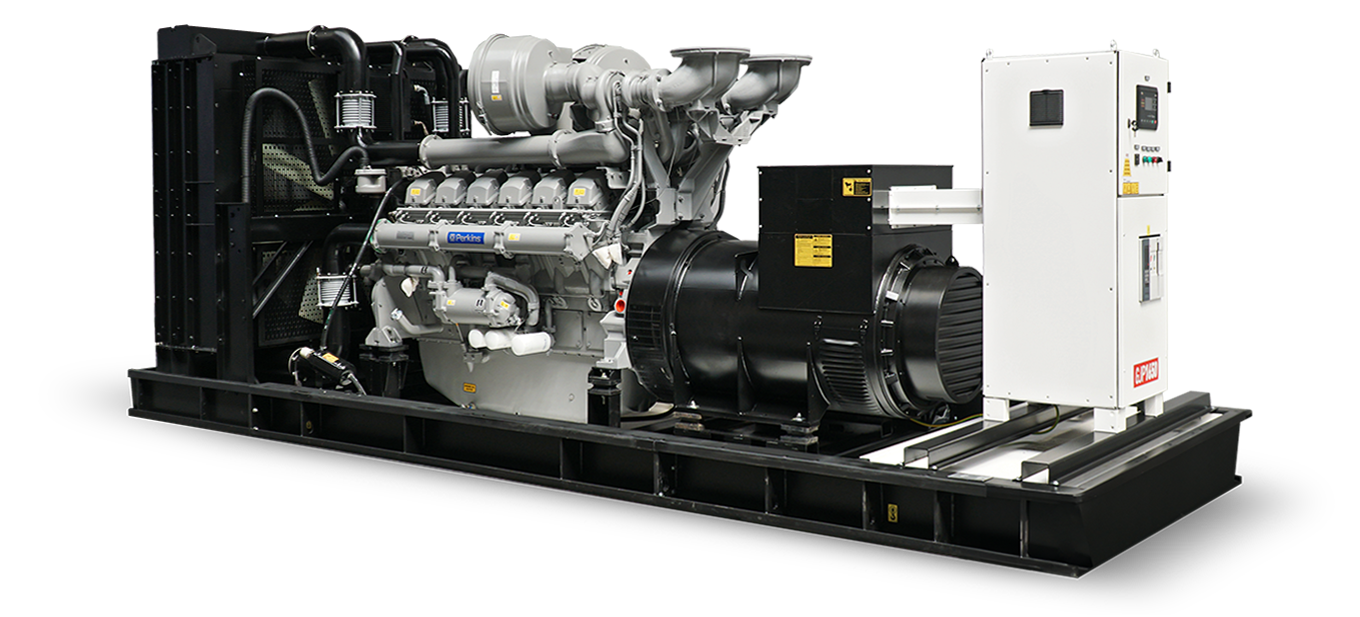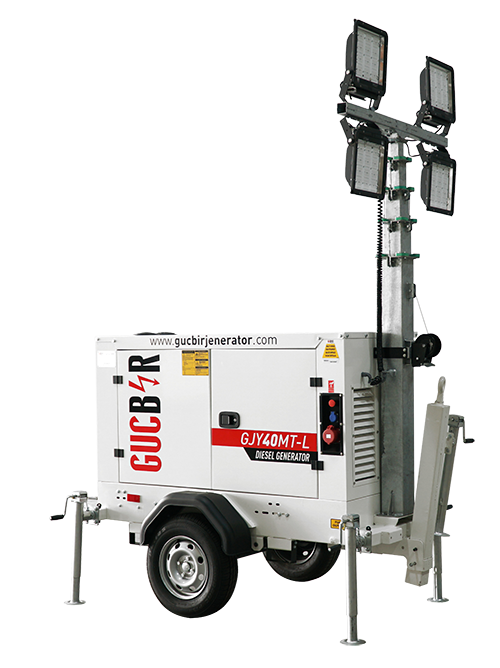What is Generator Control Panel and How to Use It?
Machine Control
A machine requires a user interface to display its parameters, control its efficient operation and intervene when necessary. Conditions such as overheating of the machine, decrease in speed, increase in speed are generally due to weather conditions and wear of parts. In electrical machines such as generators, these changes are prevented from damaging the generator by generating an electrical signal.
Additional information about generators and their components can be found in the article How Generators Work. These signals are processed by a microcontroller to control the performance of the machine. Many of the machines in urban environments (such as signal lights and automatic doors) are completely self-managed thanks to such controllers. These machines have sensors that can detect changes in physical properties such as temperature and speed and generate signals accordingly. Modern generators also have similar sensors to detect changes of various parameters. These sensors are used to control the generator through a control board.
Control Board – what is it?
Visually, a control board is a set of signs and displays that measure various parameters such as voltage, current and frequency through gauges and meters. These meters and indicators are usually placed on a corrosion-resistant metallic housing to protect them from the effects of rain and snow. For small generators, the panel can be mounted on the body of the generator itself. When mounted on the generator, shock and vibration resistant supports are used. Industrial generator control panels are large enough to be completely separated from the generator.
Control panels are usually equipped with pushbuttons and switches to assist in the operation of the generator, such as a switch-off button and a switch-on switch. Switches and indicators are usually grouped by functionality. This makes the panel useful by minimising the possibility of an operator accidentally making the wrong choice.
How does it work?
The control cabinet is a microprocessor structure that manages the machine by processing information from sensors and then providing feedback. Such feedback can be temperature indicating overheating, low/high speed, low/high oil pressure. Typically, a temperature sensor inside the generator senses the temperature and sends this information to the microprocessor in the control panel. The microprocessor then takes the necessary measures to regulate the performance of the machine, such as when the oil pressure is too low or the coolant temperature is high. In industry, this function of control panels is becoming increasingly important. The microprocessor or microcontroller is programmed to receive and react to sensor inputs through circuitry within the control cabinet.
Control panels can be combined with an Automatic Transfer Switch (ATS) to ensure uninterrupted power. The ATS detects when the mains are interrupted. Once detected, it sends a signal to the control panel to start the generator. Depending on the type of generator used, the control panel activates the glow plugs (for diesel) at the set time. Then it starts the generator by cranking. As soon as the diesel generator engine reaches optimum speed, the starter is deactivated. Then ATS switches off the generator contactor and ensures that the plant is supplied without interruption.
Special Control Panels
Control panels are usually designed by the manufacturer of your generator.
Some of the common features offered by today’s control panels are: continuous digital readout, large character LCD displays, oil pressure and water temperature sensors, set points and special message options, remote start feature, etc.
In addition to these common features offered by the standard panel, special control panels are made to meet situations such as special indicators and meters, special parameters that need to be monitored, automation requirements. Special panels are very popular in industrial and residential type generators.







